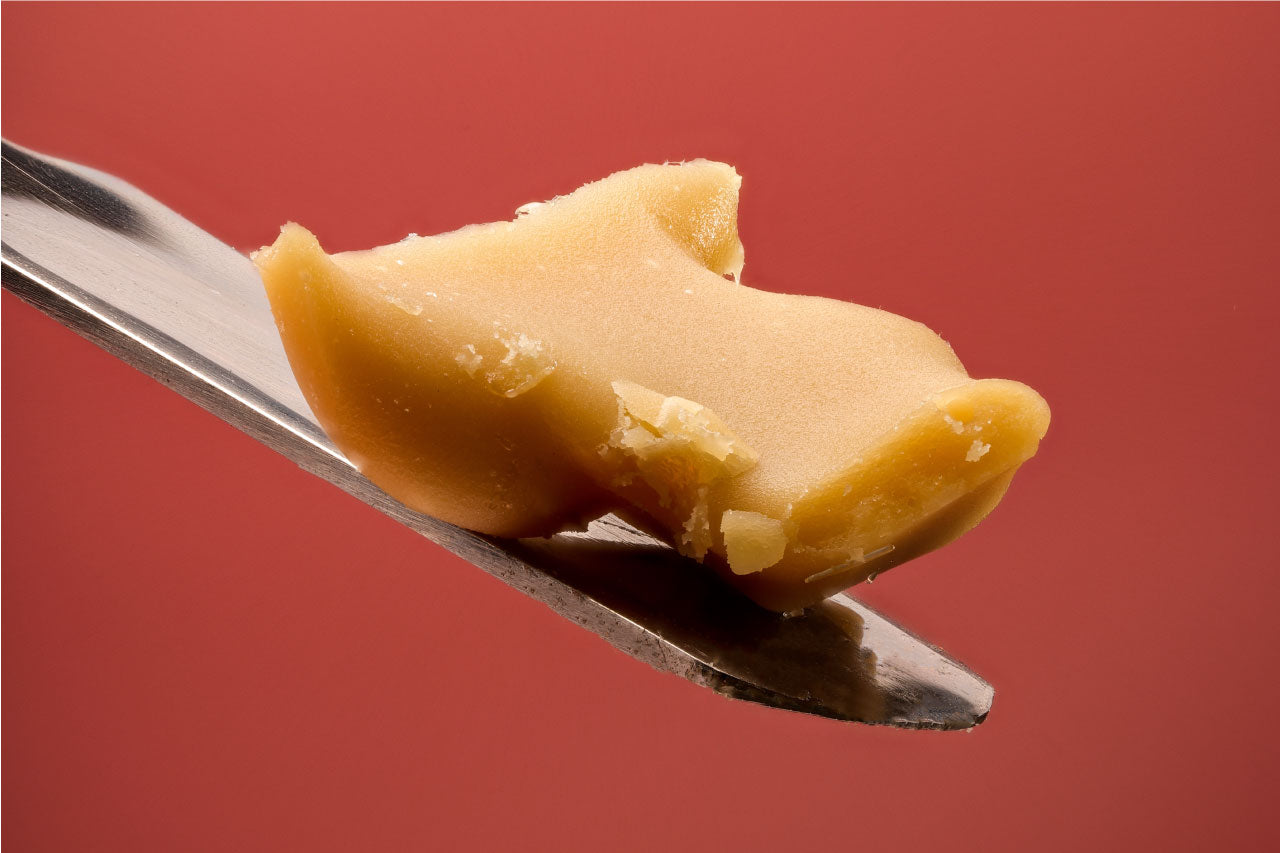Introduction:
Cannabis concentrates have gained immense popularity in recent years, and with the growing interest in the medicinal benefits of cannabidiol (CBD), CBD concentrates have become a popular choice among users. When it comes to creating edibles with CBD concentrates, the question of decarboxylation arises. Decarboxylation is the process of activating the cannabinoids by applying heat, and it plays a crucial role in maximizing the potential benefits of cannabis-infused edibles. In this blog post, we will delve into the decarboxylation requirements of CBD concentrates and shed light on whether decarboxylation is necessary for CBD-dominant concentrates.
Understanding Decarboxylation:
To comprehend the significance of decarboxylation, it is important to understand the cannabinoids present in the cannabis plant. Raw cannabis contains an array of cannabinoids, including cannabidiolic acid (CBDA) and tetrahydrocannabinolic acid (THCA). These acidic forms are non-intoxicating and need to be converted into their active counterparts, CBD and THC, respectively, through decarboxylation.
Decarboxylation of CBD Concentrates:
CBD concentrates that have been extracted from hemp or cannabis flower generally undergo decarboxylation during the extraction process. This means that CBD concentrates, such as oils, isolates, or distillates, are typically already decarboxylated and do not require additional decarboxylation when used in edibles. The decarbing process during extraction ensures that the CBD in the concentrate is in its active form, ready to be utilized by the body.
Decarboxylation of CBDA Concentrates:
On the other hand, if you possess CBD concentrates that contain primarily cannabidiolic acid (CBDA), such as raw hemp extracts or specific preparations, decarboxylation is necessary to convert CBDA into CBD. This is because CBDA is the acidic precursor of CBD and does not provide the same therapeutic effects as CBD until it is decarboxylated.
Decarboxylation Parameters:
If you find yourself needing to decarboxylate CBD concentrates or CBDA concentrates, it's essential to ensure that you follow the appropriate temperature and time parameters to achieve optimal results. Here are some general guidelines for decarboxylation:
-
Temperature: Decarboxylation generally occurs between 220°F (105°C) and 300°F (150°C). For CBD, a temperature range of 220°F to 250°F (105°C to 121°C) is recommended to avoid any potential degradation of the compound.
-
Time: The duration of decarboxylation can vary depending on the specific concentrate and personal preference. A common recommendation is to decarboxylate for approximately 30 to 45 minutes. However, for CBDA concentrates, a longer duration may be required, ranging from 60 to 90 minutes, to ensure complete decarboxylation.
It is important to note that different concentrates may have varying decarboxylation requirements, so it is always advisable to consult the manufacturer's instructions or seek guidance from professionals with experience in working with specific concentrates.
Conclusion:
In summary, CBD concentrates that have already undergone extraction are typically decarboxylated and can be used directly in edibles without the need for further decarboxylation. However, if you are working with CBDA concentrates or raw hemp extracts, decarboxylation is essential to activate the CBD. Remember to adhere to the recommended temperature and time parameters to ensure efficient decarboxylation. Understanding the decarboxylation process empowers you to make informed decisions when creating CBD-infused edibles, maximizing the therapeutic potential of these products.
Disclaimer: The information provided in this blog is for educational purposes only and should not be considered as medical or legal advice. The decarboxylation process and its parameters mentioned in this article are general guidelines and may vary depending on the specific concentrate and individual circumstances. It is recommended to consult with a qualified professional, such as a healthcare provider or cannabis expert, before making any decisions or attempting to decarboxylate CBD concentrates or CBDA concentrates. Additionally, laws and regulations regarding cannabis and its derivatives may differ in various jurisdictions, so it is crucial to familiarize yourself with the local laws before engaging in any activities related to cannabis.



